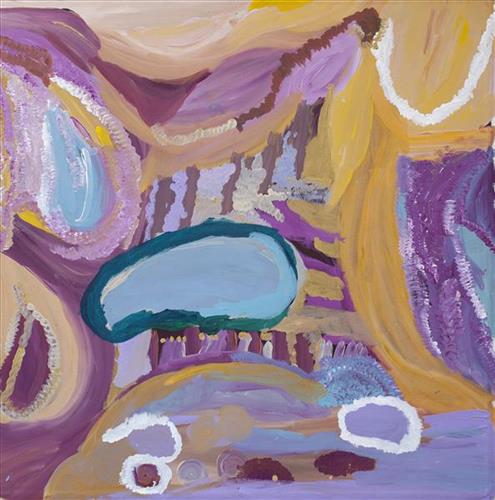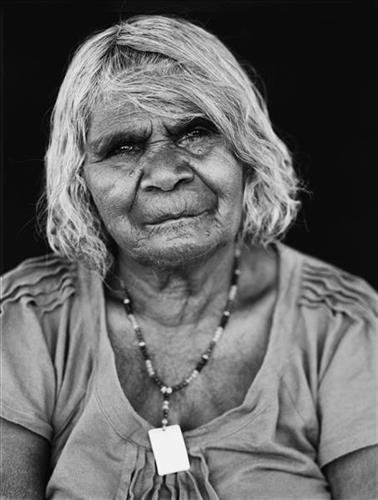111581945292
Pulikati Hill
“This is our father’s ngurra (home Country, camp). We slept here in this area, near to Wartararra hill, but you can’t go through there. Lot of snake around there. This one Pulikati hill, we used to go through a gap here. There is a quicksand there, people don’t go there, not allowed. We used to sing out to the jila (snake) here for water, from this side. The old people used to sing out; “Come on send the water for me. This is good Country for hunting marlu (kangaroo) and for minyarra (bush onions) and other foods.
There is a woman from the Jukurrpa (Dreaming) that lives here in a cave around here. She is a good woman as long as you don’t take men with you. She looks after her ngurra properly. If the white people come around to mine him, she’ll kill him!”
– Sisters Wurta Amy French and Jatarr Lily Long
Pulikati is a hill and important cultural area located at the western end of Karlamilyi River (Rudall River), around the Wartararra (Watrara) tributary and adjacent to Wartararra Hill. Wurta and her family used to travel through this Country, passing through a gap in the hills (top centre) to their camp on the other side.
As described here by Wurta and her sister Jatarr, the area around Pulikati is home to ancestral Jukurrpa beings; a fiercely protective woman who resides in a nearby cave, and a jila belonging to the adjacent yinta (permanent spring). The Western Desert term ‘jila’ is used interchangeably to describe springs considered to be ‘living’ waters and snakes, both of which play a central role in Martu culture and Jukurrpa.
During the pujiman (traditional, desert dwelling) period, knowledge of water sources was critical for survival, and today Martu Country is still defined in terms of the location of water sources. Of the many permanent springs in Martu Country, very few are ‘living waters’; waters inhabited by jila. Before they became snakes, these beings were men who made rain, formed the land and introduced cultural practices like ceremonies and ritual songs. Some of the men travelled the desert together, visiting one another, but they all ended their journeys at their chosen spring alone, transformed into a snake. These important springs are named after their jila inhabitant, guarding their waters.




